Mirrors are common household items that can be repurposed for various uses, including as potential additions to pet enclosures. When it comes to snakes, however, the use of mirrors remains a controversial subject among reptile enthusiasts and herpetologists. Unlike mammals that may recognize their reflections or derive some enrichment from mirrors, snakes process visual information differently and have unique behavioral responses to reflective surfaces. This article explores the potential benefits and drawbacks of using mirrors in snake habitats, considering factors such as snake psychology, stress responses, and overall welfare to help snake owners make informed decisions about their pets’ living environments.
Understanding Snake Vision and Perception
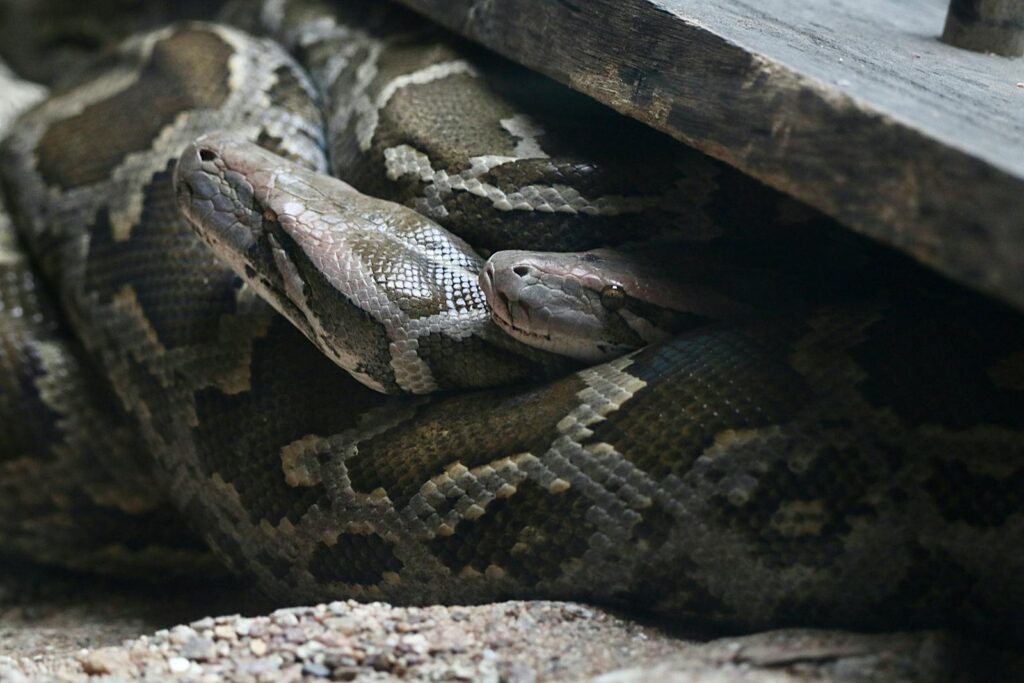
Snakes perceive their world quite differently from humans and even other pets like dogs or cats. Most snake species have relatively poor vision compared to mammals, relying more heavily on other senses such as smell, heat detection, and vibration sensing to navigate their environments. When a snake encounters a mirror, it doesn’t recognize the reflection as itself – a concept known as self-recognition that requires advanced cognitive abilities only found in certain mammals and birds. Instead, depending on the species and individual temperament, a snake might perceive its reflection as another snake, a potential predator, or simply an unusual visual stimulus in its environment. This fundamental difference in perception forms the basis for whether mirrors might help or harm a snake’s well-being in captivity.
Potential Stress Factors from Mirror Reflections
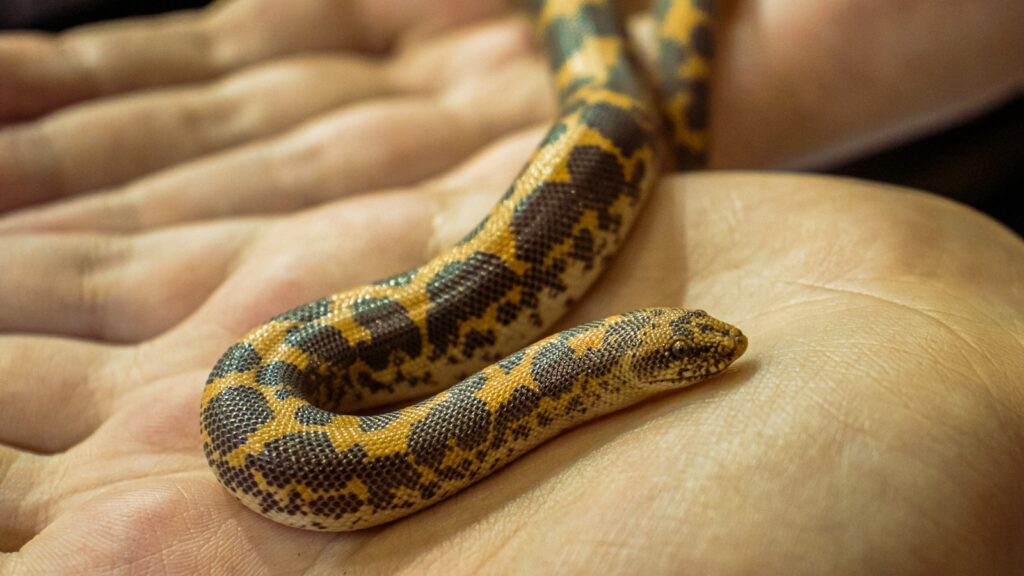
The primary concern with placing mirrors in snake enclosures centers around the stress response they might trigger. Many snake species are territorial by nature, and the sudden “appearance” of another snake (actually their reflection) in their carefully established territory can induce significant stress. This stress often manifests through behaviors such as defensive posturing, striking at the mirror, excessive hiding, or refusing to eat. Chronic stress in reptiles can lead to compromised immune systems, poor feeding responses, and other health complications that might not be immediately apparent to owners. For particularly territorial species like king snakes or certain python species, the constant perception of an intruder could create ongoing psychological distress that undermines their quality of life.
Species-Specific Considerations
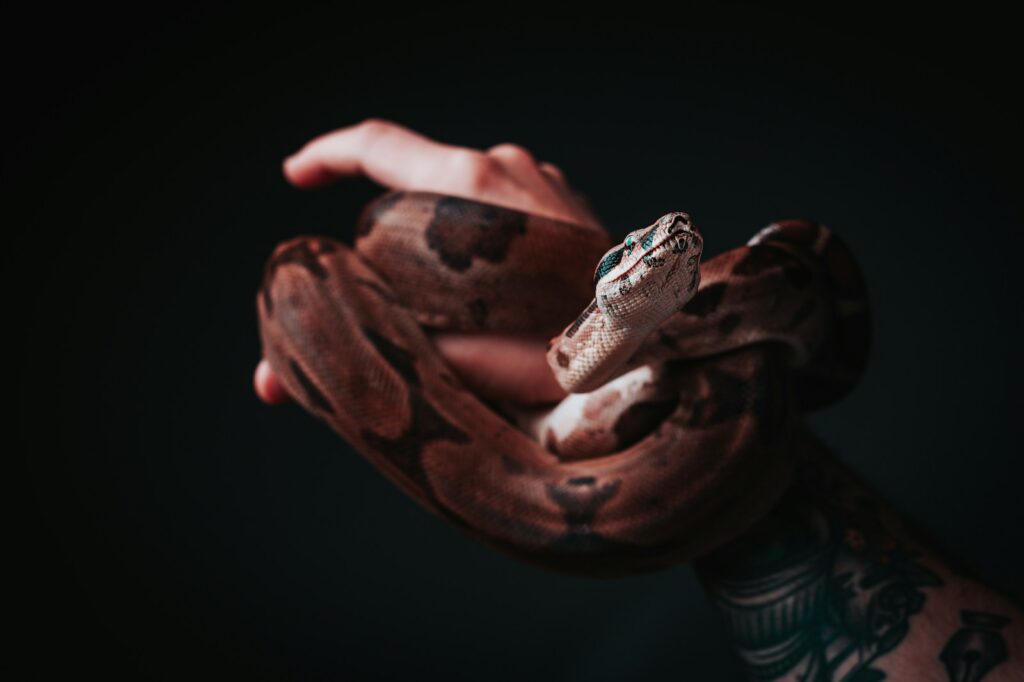
Not all snake species react to mirrors in the same way, making it crucial to consider species-specific behaviors when evaluating mirror use. More visually-oriented species such as diurnal colubrids (like corn snakes and king snakes) may show stronger reactions to mirrors than primarily nocturnal species or those that rely less on vision. Arboreal species that naturally encounter other snakes less frequently in the wild may exhibit more stress than ground-dwelling species that might have evolved to handle occasional encounters with conspecifics. Temperament also varies significantly within species – an individual snake with a calm disposition might largely ignore a mirror, while a more high-strung individual of the same species could become severely distressed. These variations make generalizations difficult and highlight the importance of observing individual responses.
The Enrichment Argument
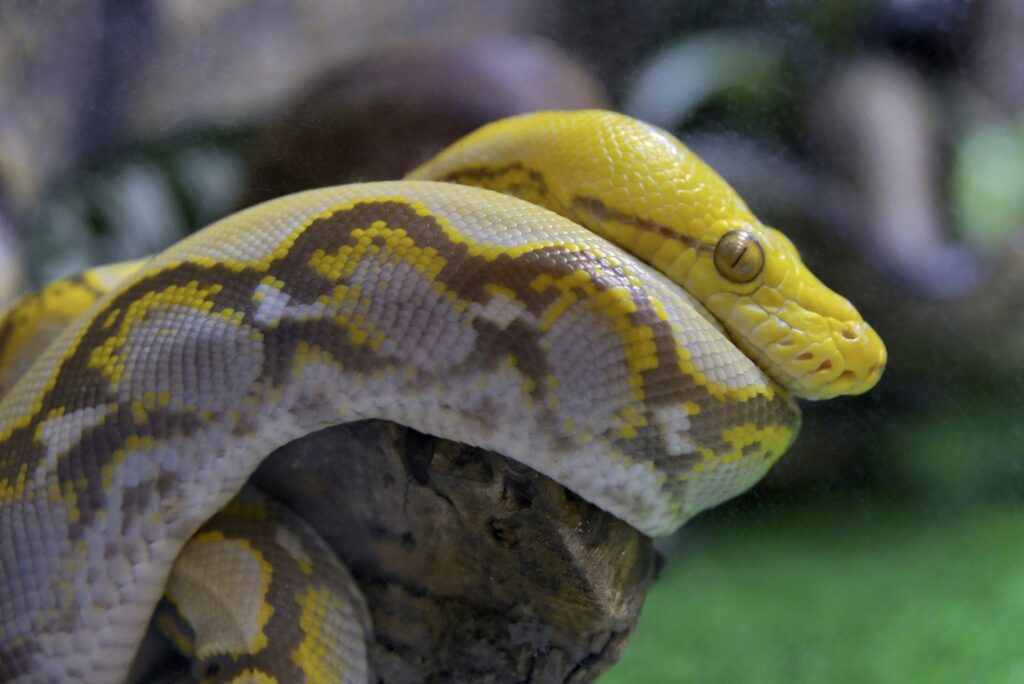
Some snake keepers argue that mirrors might provide environmental enrichment by adding complexity to an enclosure. The theory suggests that the visual stimulation from a mirror might prevent boredom in captive snakes, potentially reducing stereotypic behaviors that can develop in barren environments. However, this perspective remains controversial among herpetologists, as snakes haven’t evolved to benefit from visual stimulation in the same way mammals might. In fact, what humans perceive as “enrichment” could actually be a source of confusion or stress for a snake. More widely accepted enrichment strategies for snakes involve providing appropriate climbing structures, hiding spots, substrate for burrowing, and varying temperature gradients – all of which align more closely with natural snake behaviors than visual stimulation from mirrors.
Effects on Feeding Behavior
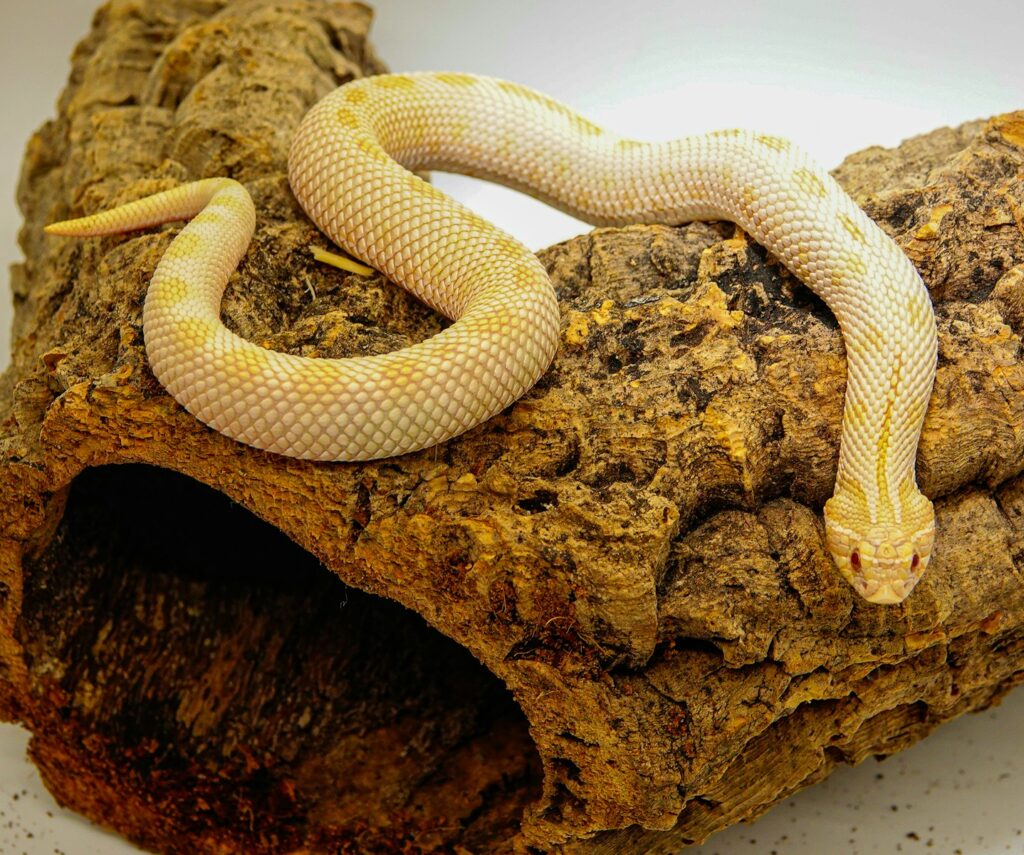
Mirrors in snake enclosures can potentially disrupt normal feeding patterns, which is a significant concern for reptile health. A snake that perceives another snake (its reflection) in its territory might become too stressed or distracted to focus on feeding. Some owners report that their snakes strike at their reflections instead of offered prey items, leading to missed feeds and potential injury from striking glass surfaces. In more extreme cases, snakes may refuse food entirely if they feel threatened by the perceived presence of another snake. Since maintaining healthy feeding responses is crucial to captive snake health, any environmental factor that consistently disrupts eating patterns should be eliminated from the enclosure regardless of other potential benefits.
Mirror Alternatives for Enclosure Design

Rather than using mirrors, snake owners have numerous better options for creating stimulating and species-appropriate environments. Natural-looking backgrounds made from cork bark, textured paint, or commercial reptile backgrounds can provide visual barriers and climbing surfaces without the potential stress of reflections. Well-placed hiding spots that offer security and thermal gradients better address a snake’s actual needs than mirrors. For owners concerned about making their snake’s enclosure more visually interesting, focusing on naturalistic elements like appropriate substrate, branches, rocks, and safe plants creates a more suitable environment. These alternatives provide functional benefits aligned with snake biology rather than introducing potentially confusing or stressful elements like mirrors.
Behavioral Observations and Research
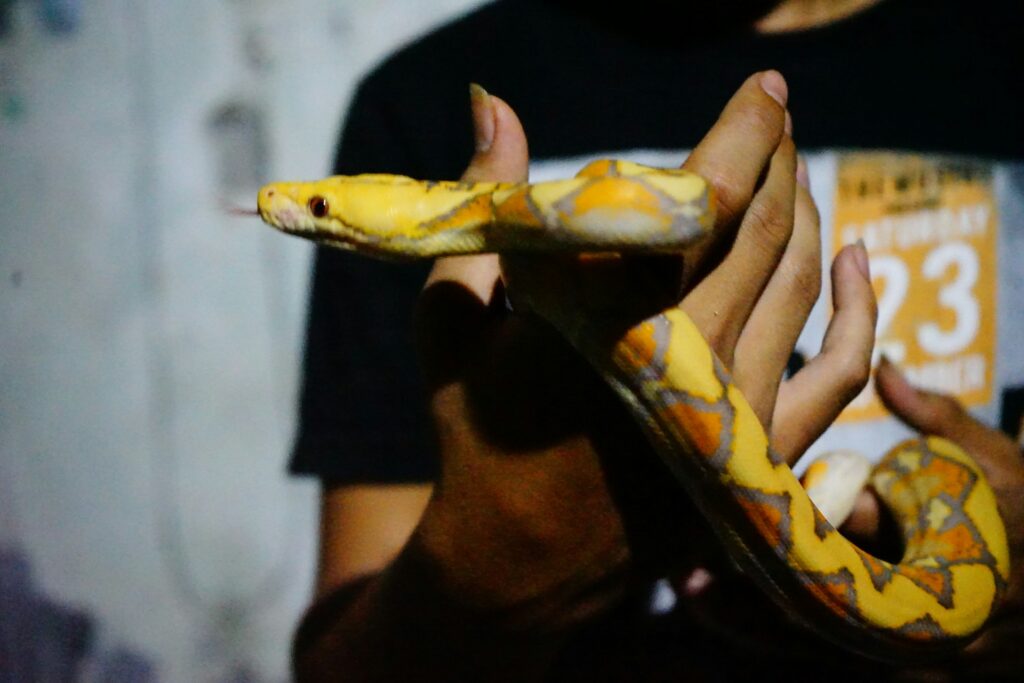
Scientific research specifically addressing how snakes respond to mirrors remains limited compared to studies on mammals and birds. However, observations from experienced keepers and small-scale studies suggest that most snake species show either indifference or negative responses to mirrors rather than positive engagement. Some snakes display classic threat responses including elevated postures, hissing, striking, or attempting to flee when confronted with their reflection. Others might repeatedly rub against the mirror surface in apparent attempts to investigate or challenge the “other snake.” The lack of habituation to mirrors over time in many observed cases suggests that snakes don’t “learn” that the reflection isn’t another snake, potentially leading to chronic stress if the mirror remains in the enclosure. These observations align with our understanding of snake cognition and provide practical insights despite the limited formal research.
Myths About Mirrors and Snake Behavior

Several misconceptions exist regarding mirrors and snake behavior that may confuse owners. One common myth suggests that mirrors can help socialize solitary snakes, providing “company” without the dangers of housing multiple snakes together. This fundamentally misunderstands snake psychology – most snake species are naturally solitary and don’t seek social interaction except for breeding. Another myth claims that mirrors can help exercise snakes by encouraging movement, but any increased activity is more likely stress-induced rather than healthy exercise. Some sources incorrectly suggest that mirrors can help with breeding stimulation, but this approach is not supported by evidence and could potentially discourage natural breeding behaviors by inducing territorial stress. Understanding these myths helps owners avoid making well-intentioned but potentially harmful choices for their reptile pets.
Practical Considerations for Existing Enclosures
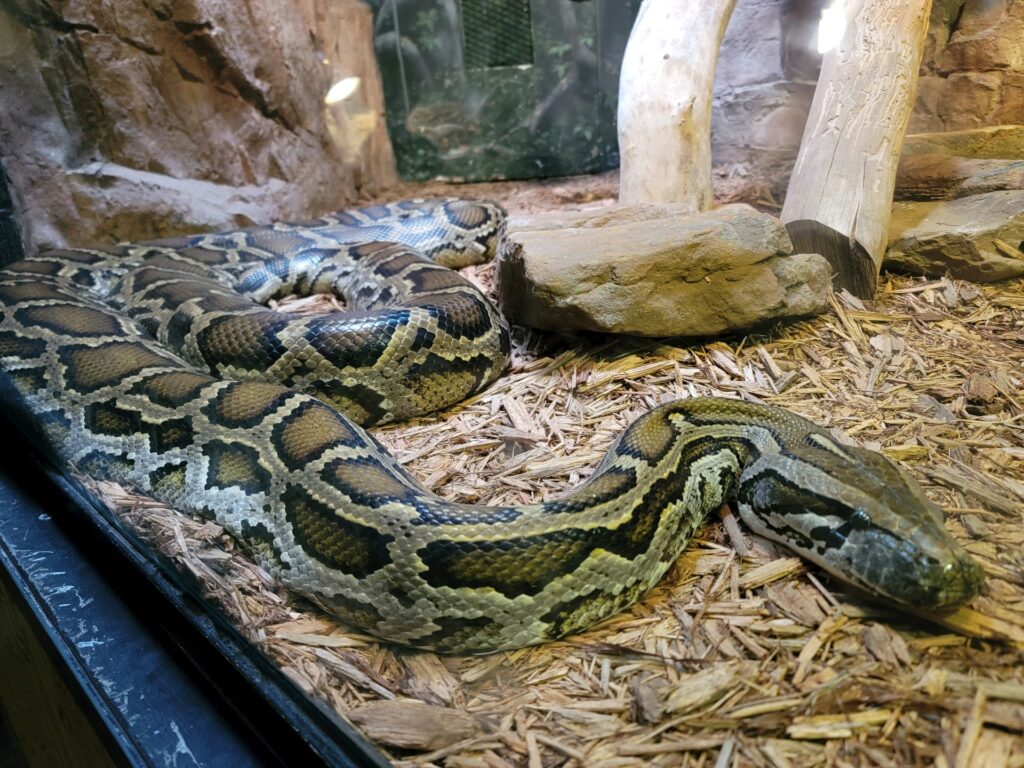
Some snake owners may inadvertently create reflective surfaces within enclosures without intending to use mirrors as decorations. Glass or acrylic enclosures can sometimes create reflective surfaces, particularly at night when light distribution changes. To minimize potential stress from these unavoidable reflections, owners can use external tank backgrounds that eliminate transparency from three sides of the enclosure. Strategic placement of cage furniture can also block potential reflective angles that might bother the snake. For enclosures with large reflective surfaces that cannot be covered, ensuring adequate hiding spots allows the snake to retreat from unwanted visual stimulation. These practical approaches help mitigate reflection issues without requiring a complete enclosure redesign.
Signs of Mirror-Related Stress
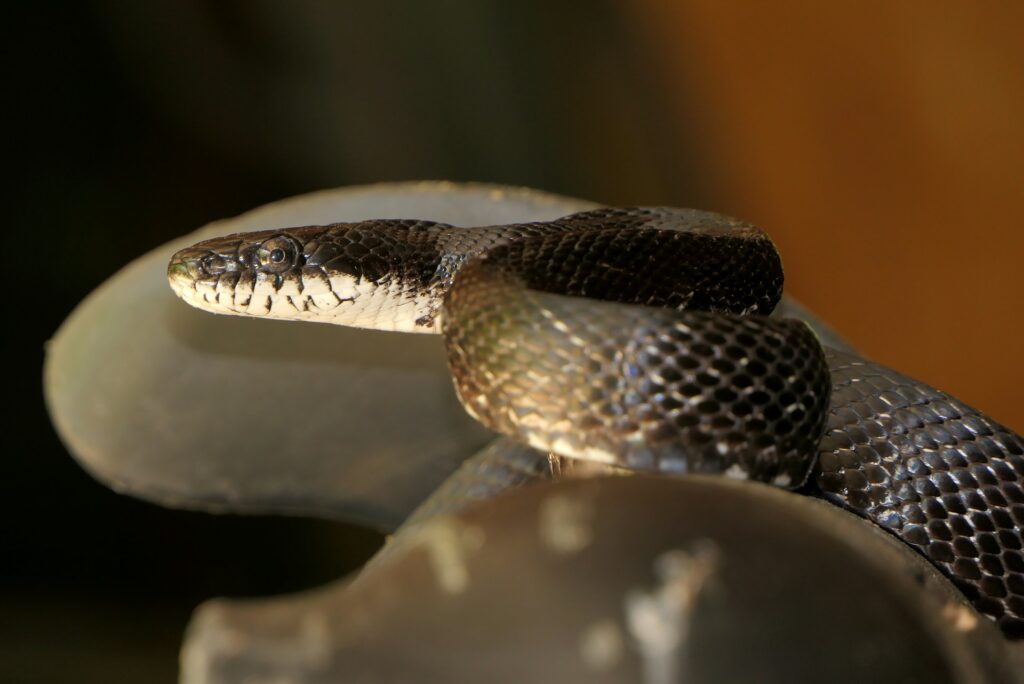
Owners who experiment with mirrors should carefully monitor their snakes for signs of distress. Common indicators include increased defensive behaviors like striking, hissing, or tail rattling when near the mirror. More subtle signs might include avoiding the area of the enclosure containing the mirror, decreased appetite, excessive hiding, or uncharacteristic restlessness, particularly at night. Physical symptoms of chronic stress can include weight loss, regurgitation of meals, decreased shedding quality, or increased susceptibility to respiratory infections. If any of these signs appear after introducing a mirror, the reflective surface should be removed immediately regardless of any perceived benefits. A snake’s health and psychological well-being should always take precedence over aesthetic or experimental enclosure elements.
Veterinary Perspectives on Enclosure Design

Reptile veterinarians generally advise creating environments that minimize stress while meeting species-specific needs for temperature, humidity, and security. Most specialized exotic animal veterinarians recommend against using mirrors in snake enclosures, citing the potential for chronic stress without corresponding benefits. From a medical perspective, the goal of enclosure design should be to support natural behaviors and physiological functions rather than introducing novel elements that have no counterpart in the snake’s evolutionary history. Veterinarians particularly emphasize that stress – reduction should be prioritized for vulnerable snakes such as newly acquired specimens, juveniles, individuals recovering from illness, or breeding females. This medical perspective aligns with the general consensus among herpetological professionals that mirrors offer no substantive benefits to offset their potential risks.
Alternatives for Visual Enrichment

For owners specifically interested in providing visual stimulation for their snakes, several safer alternatives exist that better align with snake biology. Moving the enclosure to a new location periodically provides changing visual scenery without introducing stressful elements within the habitat itself. Rearranging cage furnishings occasionally offers novel exploration opportunities while maintaining security. Some keepers report that their snakes show interest in watching movement outside their enclosures, so strategic placement in a quiet area with occasional activity might provide passive stimulation. Live plants (snake-safe varieties only) add visual complexity while also contributing to humidity and offering natural hiding spots. These approaches provide environmental variation without the potential drawbacks associated with mirrors, creating a more welfare-conscious approach to snake keeping.
Conclusion: Weighing Benefits Against Risks
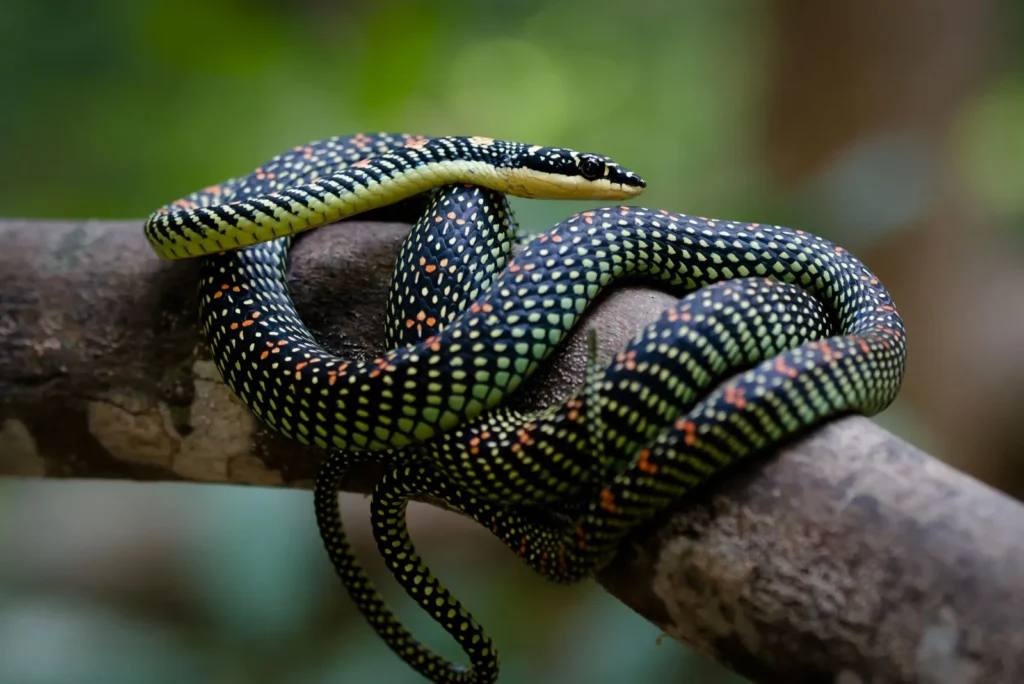
After considering the available evidence and expert opinions, mirrors appear to offer minimal benefits for snakes while posing several potential risks to their psychological and physical well-being. While individual responses vary, the potential for inducing stress, disrupting feeding behaviors, and causing confusion generally outweighs any speculative enrichment value. Snake owners should instead focus on creating naturalistic environments that support species-specific behaviors through appropriate temperature gradients, humidity levels, substrate choices, and hiding opportunities. For those concerned about their snake’s mental stimulation, methods that align with natural snake behavior—such as providing climbing opportunities for arboreal species or burrowing substrate for fossorial species—represent more responsible approaches to environmental enrichment. Ultimately, understanding and respecting the unique sensory world and behavioral needs of snakes leads to better husbandry decisions than applying human perceptions of what might be interesting or beneficial to these fascinating reptiles.





